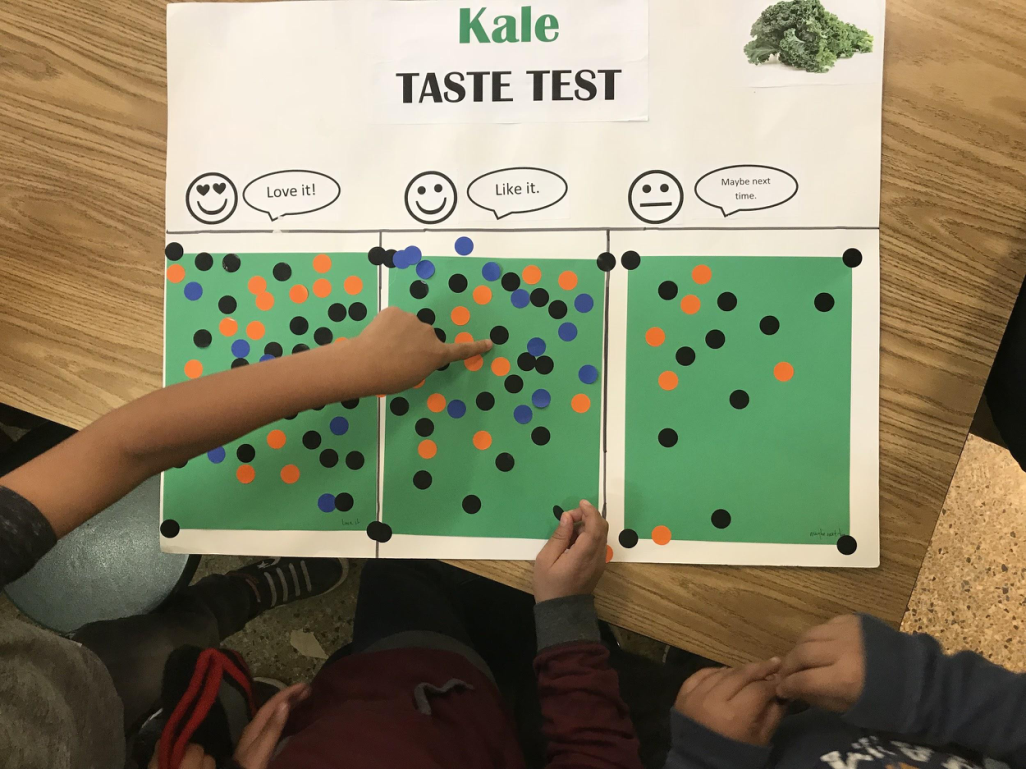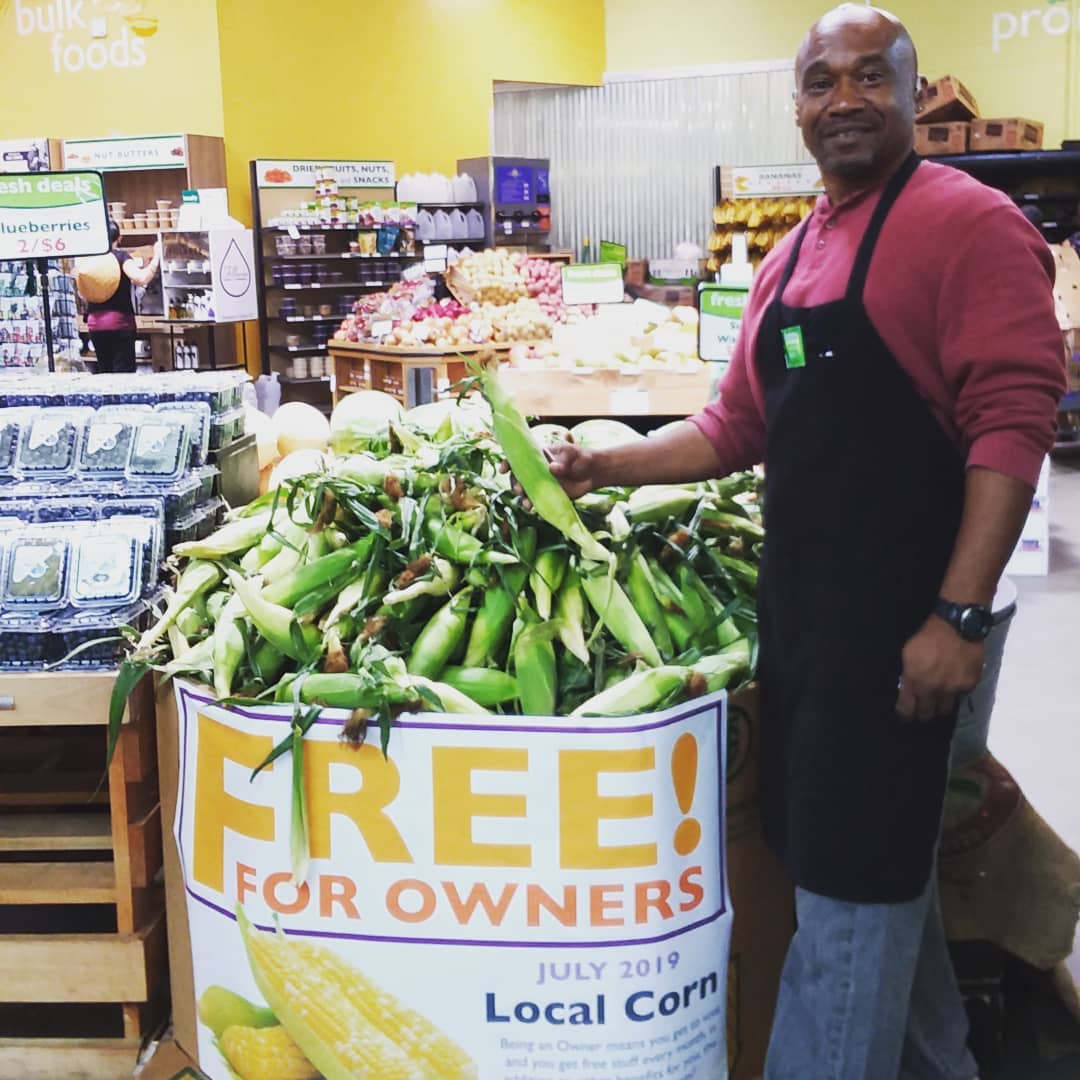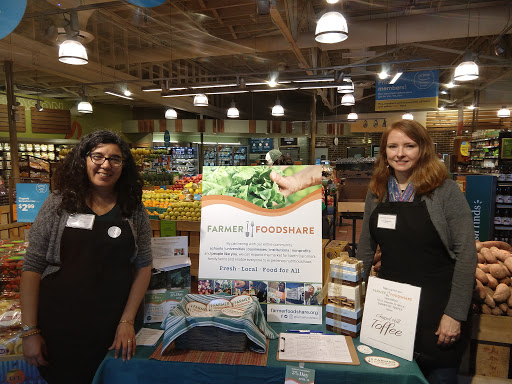Dear friends,
After seven years of service, leadership, and passion, Gini Bell will be stepping down as Executive Director of Farmer Foodshare on October 15.
Last December, Gini became a mom for the first time and started to consider how her role might change. She sums up the experience in this way:
It's been an incredible whirlwind, and totally upended my priorities in the most amazing way. I've decided to step out of Farmer Foodshare's leadership role in order to make more space for my newest role of parent, and to allow new leadership to help the organization grow into its next phase.
I am immensely proud of the growth and successes Farmer Foodshare has had in developing the local food system and serving the community. I look forward to staying involved with the organization as a volunteer and supporter.
The Board and team at Farmer Foodshare would like to thank Gini for her incredible dedication. Under Gini’s leadership, the organization grew from a staff of 3.5 to 12, tripled its income, and expanded its program offerings and footprint.
Please rest assured that during the transition, the work of Farmer Foodshare will continue uninterrupted and that the Board is taking a thoughtful approach to selecting the organization’s next leader.
With the announcement of Gini’s departure, we established a search committee and have engaged the help of Armstrong McGuire & Associates to support the transition. Together we are working with staff and partners to assess future needs, conduct the search, and provide interim leadership support so that the mission of Farmer Foodshare continues forward.
We anticipate that the search for a new Executive Director will launch in October, and we hope to have selected a new leader by the first of the year.
With gratitude,
Nicole Kempton
Chair, Board of Directors

































